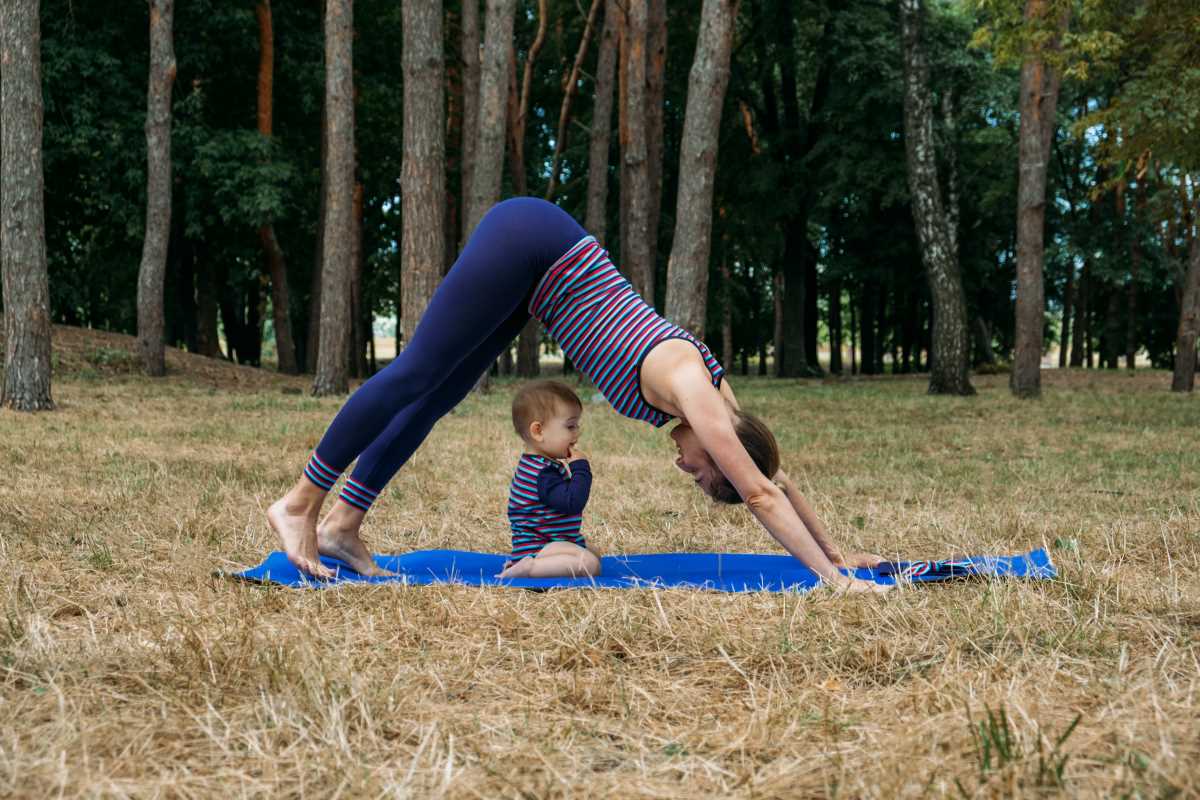Strength training might be one of the most misunderstood aspects of fitness. Misguided beliefs about lifting weights have stopped countless people from reaping the life-changing benefits of this incredible form of exercise. Whether you're worried about looking "too bulky" or you think strength training isn’t for your age group, it’s time to set the record straight.
For too long, myths have overshadowed the facts, preventing people from incorporating strength training into their routines confidently. But don’t worry—we’re here to bust through the noise and give you evidence-based insights to help you fully understand all that strength training can offer.
Here, we’ll debunk some of the most common strength training myths so you can get stronger, leaner, and more confident without hesitation.
Myth 1: Strength Training Will Make You Bulky
When it comes to strength training, one of the most persistent myths is that lifting weights will turn you into a bulky bodybuilder overnight. This misconception often deters women in particular from picking up heavy weights.
The Truth
Getting "bulky" from strength training is far harder than people imagine. Building significant muscle mass requires a very specific regimen of heavy lifting, high-calorie diets, and often years of consistent training. Hormones also play a key role. Most women don’t have the levels of testosterone necessary to achieve a bodybuilder physique without intensive effort.
Why It’s Beneficial
Instead of making you bulky, strength training helps you build lean muscle, which actually gives you a toned and sculpted look. Plus, more muscle boosts your metabolism, meaning you burn more calories even at rest.
What to Focus On
- Incorporate compound movements like squats, deadlifts, and presses to build strength.
- Focus on a balanced program that includes progressive overload, where you gradually increase weight or intensity over time.
Myth 2: Cardio Is Better Than Strength Training for Weight Loss
Many people believe cardio reigns supreme for shedding pounds, leaving strength training on the sidelines. While cardio does burn calories, it’s not the whole story when it comes to effective weight loss.
The Truth
Weight loss boils down to creating a calorie deficit, and strength training can play a major role in this. While cardio burns calories during your workout, strength training builds muscle, which increases your resting metabolic rate (RMR). This means you continue burning calories long after leaving the gym.
One study even found that people who incorporated strength training into their routines had better long-term weight management compared to those who relied solely on cardio.
Why It’s Beneficial
Strength training offers long-term fat-burning benefits while also improving body composition. Even if the scale doesn’t move drastically, the muscle you gain helps you look leaner and feel stronger.
What to Focus On
- Incorporate HIIT (high-intensity interval training) for a cardio-strength hybrid workout.
- Add resistance training to your weekly routine, focusing on all major muscle groups.
Myth 3: Strength Training Is Only for Young People
Think lifting weights is just for high school athletes or 20-somethings? Think again. Strength training is one of the best ways to maintain health and vitality at any age.
The Truth
Strength training isn’t just for the young; it’s essential as you age. Studies consistently show that lifting weights improves bone density, reduces the risk of osteoporosis, and maintains muscle mass, which naturally declines with age. It also enhances balance and coordination, decreasing the risk of falls in older adults.
Why It’s Beneficial
- Preserves independence and mobility as you age.
- Boosts mental health through improved confidence and reduced stress.
- Enhances longevity by improving overall cardiovascular and bone health.
What to Focus On
- Start with light weights and bodyweight exercises if you’re new to strength training or returning after a long hiatus.
- Work with a trainer or join a group class designed for your age and fitness level.
Myth 4: You Need Fancy Equipment to Start Strength Training
Would you love to start strength training but feel overwhelmed by the thought of navigating a gym full of equipment? Good news: you don’t need rows of machines or a home full of dumbbells to get started.
The Truth
Strength training can be as simple as using your own body weight. Exercises like push-ups, squats, planks, and lunges are highly effective at building strength and don’t require any equipment. Resistance bands and everyday household items, like water bottles, can also act as substitutes for weights if you’re looking to add variety.
Why It’s Beneficial
By starting simple, you can build strength while learning proper form, which is crucial for preventing injuries down the road.
What to Focus On
- Master basic bodyweight exercises before progressing to weights.
- Invest in resistance bands or small dumbbells to create an affordable home gym setup.
- Explore outdoor or at-home strength training routines to stay active without committing to a gym membership.
Myth 5: If You Don’t Feel Sore, You Didn’t Work Hard Enough
We’ve all heard the saying, “No pain, no gain.” But equating soreness with success is another strength training myth that needs to go.
The Truth
Soreness, or delayed onset muscle soreness (DOMS), occurs when your muscles are challenged in a new or intense way. While it’s common when starting out, soreness isn’t an accurate measure of progress. You can have an extremely effective workout without feeling sore.
Why It’s Beneficial to Know
Focusing solely on soreness can lead to overtraining, which increases the risk of injury and burnout. Instead, use other indicators of progress, like increased strength, better endurance, or improved form.
What to Focus On
- Track your progress by the number of reps, weight lifted, or how you feel during exercises, rather than relying on soreness to gauge success.
- Prioritize proper recovery methods, such as stretching, foam rolling, and staying hydrated.
Myth 6: Strength Training Isn’t for Women
This harmful stereotype has kept far too many women away from the benefits of strength training. It’s time to set the record straight.
The Truth
Strength training isn’t “just for men”; it’s crucial for everyone. Women, in particular, can benefit from building bone density, managing weight, and improving metabolism. Strength training also helps with hormonal balance, reduces the risk of injury, and promotes mental health.
Why It’s Beneficial
Women who lift report feeling more confident, energized, and in control of their fitness. Plus, it’s empowering to see how strong your body can become.
What to Focus On
- Choose a program that emphasizes strength, balance, and muscle endurance.
- Ignore outdated stereotypes and focus on what makes YOU feel good.
 (Image via
(Image via





